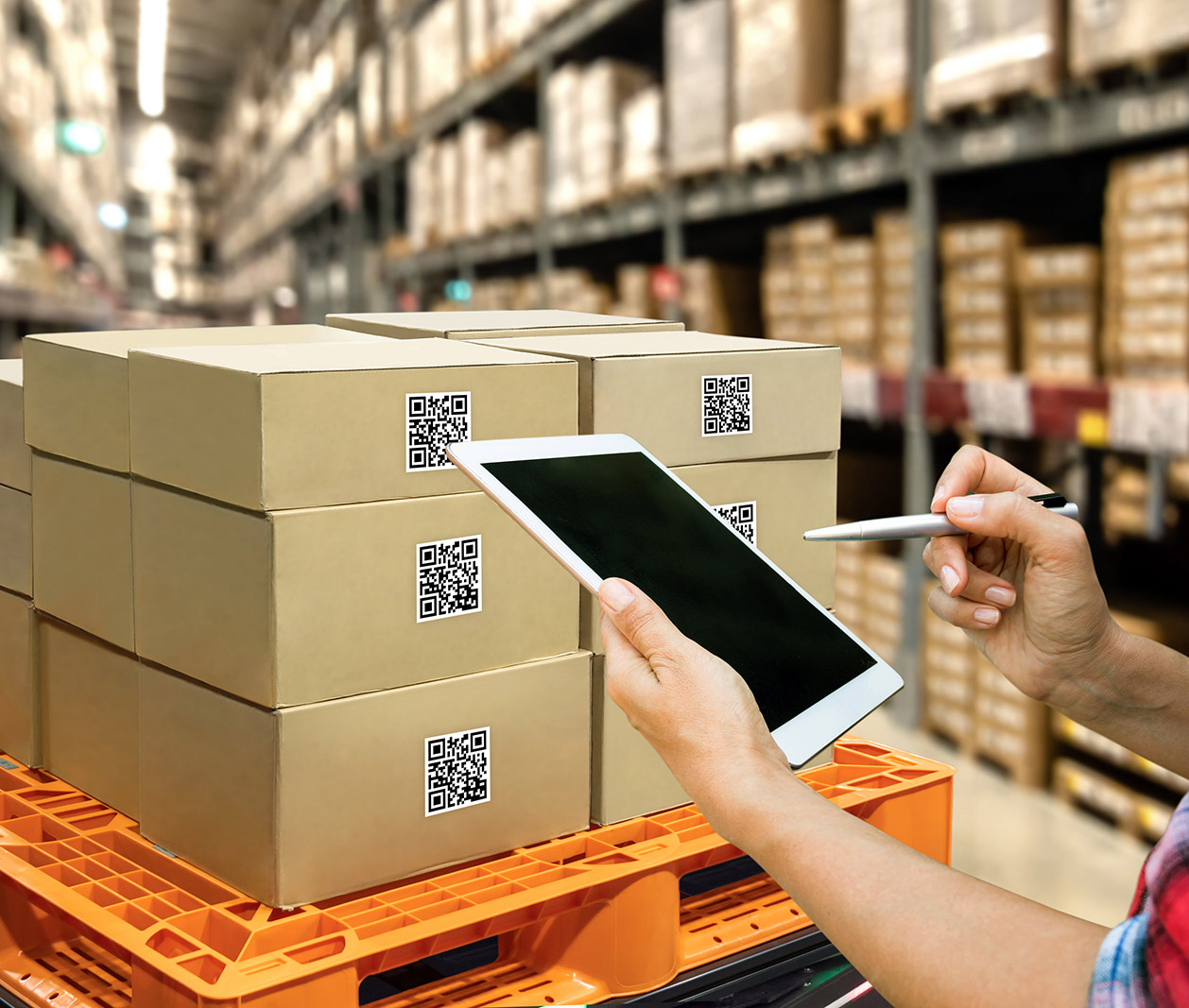Supply chain attacks have become more frequent in recent years, with a growing number of ransomware attacks being reported globally. These attacks have become more sophisticated, targeting the shipping and transport industry, seaports, food networks, water supplies, fuel distribution systems, hospitals and city governments. Smaller organizations that lack the resources to implement robust cybersecurity measures are particularly vulnerable to these forms of attacks. There are a number of factors fueling the rise in supply chain attacks, such as victims being more willing to pay ransoms, escalating international tensions, larger and more interconnected networks, and the ease of anonymous payments through cryptocurrency.
Cautionary Tale: Maersk Breach
The Maersk cyberattack in 2017 offers a cautionary tale on the consequences of supply chain vulnerability. About 90% of global trade is transported by sea vessels. So, when Maersk, the world’s largest container shipping line and port operator, was attacked with the NotPetya malware and its IT systems and operations worldwide disrupted, widespread disruption, delays, and financial losses ensued. Suppliers that relied on Maersk’s shipping services to transport their goods faced major disruptions in their supply chains. Some suppliers had their shipments delayed or cancelled, while others incurred increased costs due to the need to find alternative shipping services.


 Supply chain. Adobestock image
Supply chain. Adobestock image




